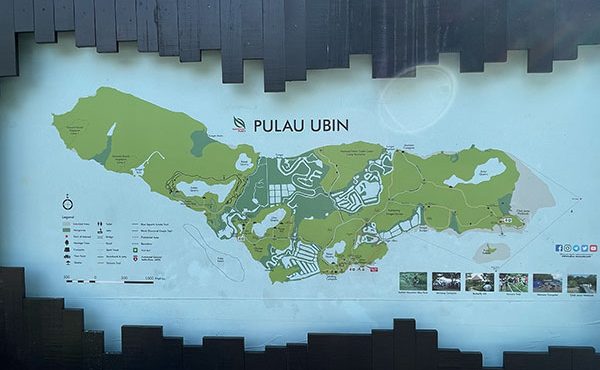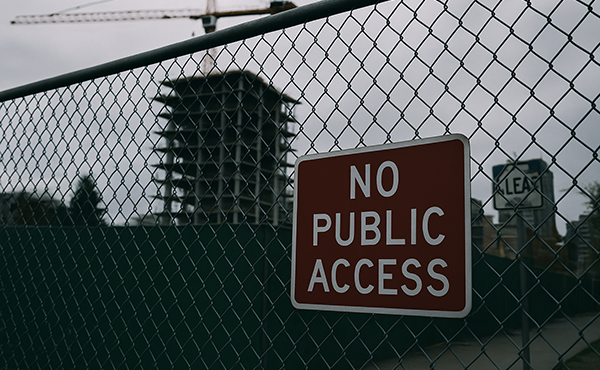UBC researchers have developed a data science method that analyzes how easily citizens can access hospitals and walk-in health clinics – and it’s a tool that could eventually help city planners and policymakers build smarter, more equitable cities.
The researchers wrote data algorithms for three of the largest cities in the Pacific Northwest—Vancouver, Seattle, and Portland—comparing each city’s population data with its public transit and hospital networks to see if citizens can easily access health care by transit or foot. Results showed that all three cities had large numbers of citizens without good access to health care.
Martino Tran
“We defined good access as being able to reach at least two hospitals or three walk-in clinics within a half-hour from home by public transit or walking,” says study author Martino Tran, a professor of planning at UBC. “And by those standards, as much as 80 percent of people in Portland, 51 percent in Seattle, and 37 percent in Vancouver, do not have good access to health care.”
The reason: insufficient facilities and transit service, combined with a high proportion of people living in low-income neighbourhoods, said Tran.
“Low-income families tend to rely more on public transit compared to more affluent households, and seniors use more transit than other age groups,” he added. “So it is concerning that these vulnerable groups, who use public transit most and have special mobility and health care needs, are hit harder. All citizens should have good access to essential services.”
Tran led a study team that included Jerome Mayaud and Rohan Nuttall at the Urban Predictive Analytics Lab at UBC. The lab uses computational and data sciences to tackle urban planning challenges. This latest research relied heavily on open-source data including census data and transit information.
“Cities around the world are spending billions of dollars to overhaul their systems and services,” noted Tran. “By improving open-source data and tools, planners can potentially design better transit networks and essential services that are more accessible to citizens who may need it the most, thereby balancing economic growth with the rights of marginalized citizens.”
The work, published recently in Computers, Environment and Urban Systems, was partly funded by the Cascadia Urban Analytics Cooperative.
***




